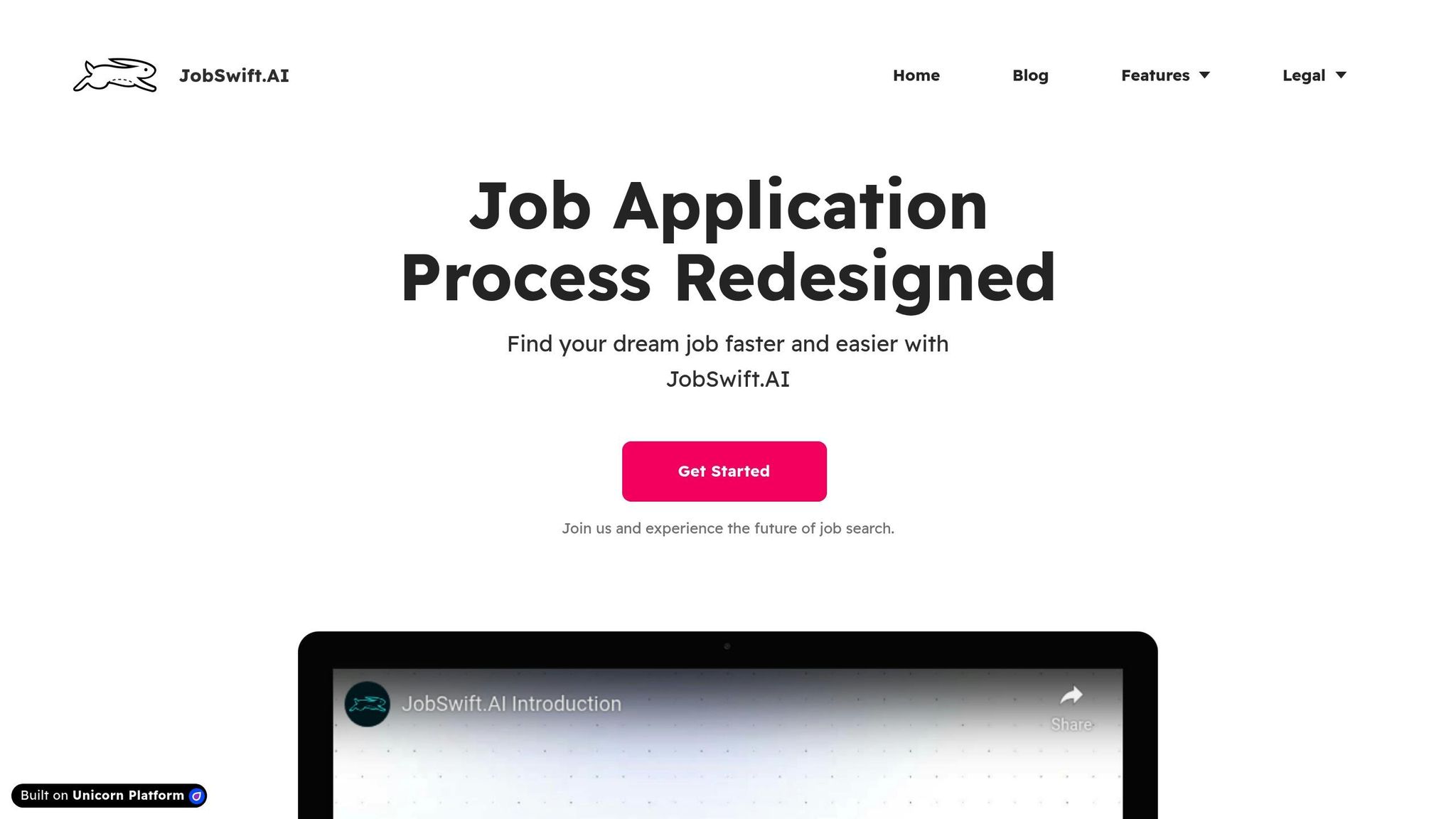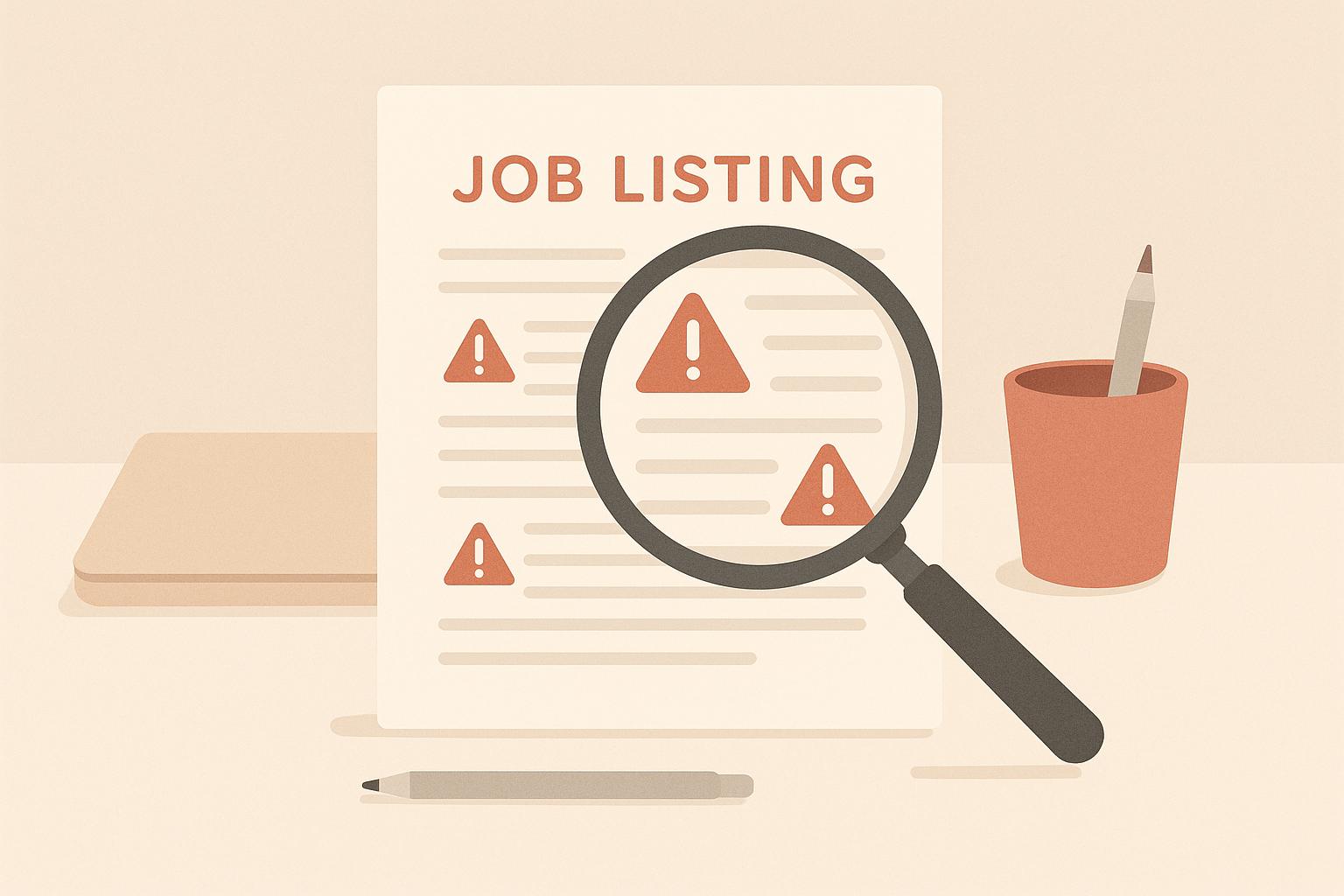In 2025, global hiring compliance is more complex than ever. Companies expanding internationally must navigate diverse labor laws, tax systems, and data privacy rules, all while avoiding legal risks and fines. Key trends include:
- AI in Hiring: Strict regulations now govern AI tools, requiring bias testing, human oversight, and transparency.
- Data Privacy: Tightened rules demand explicit consent for handling candidate data and compliance with cross-border data transfer laws.
- Worker Classification: Governments are refining definitions to protect remote and gig workers, impacting employment models like Employer of Record (EOR).
- Regional Differences: Hiring laws vary significantly by country, from salary transparency in the U.S. to GDPR-driven data rules in Europe and unique worker protections in Asia-Pacific.
To stay compliant, businesses need robust governance, updated policies, and advanced tools like AI-powered compliance monitoring. Ignoring these regulations risks fines, reputational damage, and operational setbacks. Success lies in understanding local laws and integrating compliance into every hiring step.
Episode 24: Global Hiring, EOR Strategy & the Real ROI of Workforce Flexibility
Major Regulatory Changes Affecting Hiring in 2025
Governments worldwide are rolling out new regulations aimed at tackling concerns around fairness, transparency, and data protection in recruitment. These changes are pushing companies, especially those operating across multiple countries, to rethink their hiring strategies and ensure compliance. Let’s break down some of the key regulatory shifts impacting AI, data privacy, and workforce classification.
AI Rules in Recruitment
Artificial intelligence has become a hot topic in hiring, and regulators are paying close attention. Many jurisdictions now require companies to perform impact assessments on AI-driven hiring tools and incorporate human oversight into these processes. The goal? To ensure accountability for algorithms and reduce the risk of bias in automated decision-making.
Data Privacy in Cross-Border Hiring
Data privacy rules have tightened significantly, particularly for companies recruiting across borders. Employers must now stick to strict guidelines, such as collecting only job-relevant information, obtaining clear consent for processing personal data, and securing international data transfers. These updates mean businesses have to stay on top of their data management practices to align with shifting global standards.
Worker Classification and Employer of Record Models
Worker classification remains a critical area of compliance in 2025. Governments are refining employment definitions to protect workers, especially those in remote or gig-based roles, and to prevent misclassification. For companies hiring globally, including those using Employer of Record (EOR) services, this means clearer staffing arrangements that comply with local labor laws and define responsibilities accurately.
How AI Improves Hiring Compliance
With regulatory demands growing more complex, AI is stepping in to simplify compliance in hiring. As companies face new challenges in navigating global regulations, artificial intelligence offers practical tools to ensure compliance without making the hiring process overly complicated. Below, we explore how AI can enhance compliance monitoring and manage risks effectively.
AI-Powered Compliance Monitoring
AI systems are transforming how hiring processes are monitored, offering continuous oversight to identify and address compliance issues before they arise. These tools can review job postings to flag language that might unintentionally discriminate, spot inconsistencies in how candidates are evaluated, and ensure hiring practices align with regional and federal standards.
Beyond that, AI is also proving invaluable in fraud detection. Advanced algorithms can uncover patterns that suggest fraudulent activity, such as fake credentials or coordinated submission scams. This not only protects employers but also safeguards genuine candidates. Moreover, AI systems can be tailored to meet specific local requirements, ensuring job postings comply with both regional guidelines and broader regulatory frameworks.
Risk Management for AI Hiring Tools
Effective risk management is critical for ensuring AI hiring tools remain compliant. Many organizations now conduct regular bias testing, using test datasets to uncover any signs of unfair treatment toward protected groups. Transparency is another essential element - AI systems must be able to clearly explain their decision-making processes to meet regulatory standards. This level of openness not only supports compliance but also fosters trust among candidates and internal teams.
Despite AI's efficiency in screening and data handling, human oversight remains a cornerstone of compliant hiring. Final decisions, especially those affecting employment outcomes, are still best made by people to maintain accountability and uphold ethical standards.
Case Study: JobSwift.AI's Compliance Features

JobSwift.AI offers a compelling example of how AI can support hiring compliance. Its automated application tracking system ensures thorough documentation, making audits straightforward. The platform also includes AI-driven fraud detection, which quickly identifies fake job postings or other scams. Additionally, JobSwift.AI provides employer insights, offering a transparent view of hiring practices to help make informed decisions.
Regional Hiring Compliance Requirements
Navigating the complexities of global hiring compliance means understanding the distinct requirements of each region. As businesses expand internationally, they encounter varying legal systems, societal norms, and enforcement practices that can shape their hiring strategies. Let’s take a closer look at how different regions enforce these detailed regulations.
United States: Federal Hiring Laws
The U.S. has a web of federal hiring laws that demand close attention. The Equal Employment Opportunity Commission (EEOC) plays a central role in enforcing anti-discrimination rules, particularly focusing on the use of AI in hiring. Employers utilizing automated tools must ensure these systems do not unintentionally discriminate against protected groups, such as those defined by race, gender, age, or disability.
Additionally, employers must secure written consent for background checks and comply with the Fair Credit Reporting Act (FCRA). The Americans with Disabilities Act (ADA) requires employers to provide reasonable accommodations, engage in an interactive process with employees, and maintain documentation to demonstrate compliance.
Salary transparency laws are also gaining traction across the U.S. By 2025, states like California, New York, and Washington will require employers to include salary ranges in job postings. Colorado already mandates disclosure of compensation, benefits, and advancement opportunities - even for remote roles where employees may work within these states.
These evolving regulations in the U.S. parallel stringent hiring standards seen in Europe.
Europe: Data Privacy and Anti-Bias Laws
In Europe, hiring compliance revolves around data protection and transparency in the use of AI tools. The General Data Protection Regulation (GDPR) requires employers to obtain explicit consent before processing candidate data. When automated decision-making is involved, companies must explain how these systems work and provide candidates with the opportunity to review decisions.
The EU AI Act, which began its phased rollout in 2024, classifies AI hiring tools as high-risk applications. This designation requires companies to perform conformity assessments, maintain detailed records, and ensure human oversight of AI-based decisions. Regular bias testing is also mandatory under the Act.
European regulations emphasize data minimization, meaning employers can only collect information directly relevant to hiring decisions. Cross-border data transfers further complicate compliance, as companies must implement safeguards like Standard Contractual Clauses or rely on adequacy decisions when moving candidate data outside the EU.
Meanwhile, regions like Asia-Pacific and Latin America bring their own unique challenges to global hiring.
Asia-Pacific and LATAM: Expansion Challenges
The Asia-Pacific and Latin American regions stand out for their diverse legal systems and rapidly changing employment laws. Worker classification is a particularly thorny issue. For example, countries like India and Brazil have strict definitions of employees versus independent contractors, which often differ from U.S. or European standards.
Payroll and benefits regulations also vary widely. Brazilian employees, for instance, are entitled to a 13th-month salary, while in Singapore, employers must contribute to the Central Provident Fund for eligible workers.
Local hiring quotas are another layer of complexity. The United Arab Emirates mandates that specific industries employ a certain percentage of local nationals, while Malaysia enforces bumiputera hiring preferences for government contracts. These requirements must be carefully integrated into hiring policies and reflected in job descriptions.
Data localization laws are increasingly influential in this region. Countries like China, Russia, and Indonesia require certain types of personal data to be stored within their national borders.
Cultural norms further shape compliance efforts. For example, in many Asian countries, questions about family status or age are more common and culturally accepted, while Western hiring practices typically discourage such inquiries. Balancing these local customs with global compliance standards often requires erring on the side of stricter protections. These regional nuances highlight the growing global emphasis on tighter hiring regulations.
sbb-itb-96bfd48
Compliance Strategies for 2025
Navigating compliance in 2025 means embedding it deeply into every stage of the recruitment process. With global hiring becoming more intricate, companies must adopt structured systems that balance consistency with flexibility across various jurisdictions.
Setting Up Governance and Policies
Start by appointing a dedicated compliance officer or team responsible for staying on top of regulatory changes across all hiring regions. This individual or group should have direct access to senior leadership and the authority to pause recruitment activities if compliance risks arise.
Plan for quarterly policy reviews to keep up with regulatory shifts. For instance, the phased rollout of the EU AI Act through 2025 could render policies outdated within months. Keep a clear record of all policy updates with their effective dates, and ensure hiring managers complete updated training within 30 days of any changes.
Collaboration between HR, legal, and IT is key when introducing new hiring technologies. These teams should jointly approve vendor selections and system configurations to catch any potential compliance risks early. This proactive approach minimizes the chance of issues affecting candidates or leading to penalties.
Develop regional playbooks tailored to local regulations. For example, a European guide should outline GDPR-compliant consent processes, while a U.S. guide should include EEOC reporting requirements and state-specific salary transparency laws. These playbooks serve as essential resources for maintaining compliance across different regions.
These governance measures lay the groundwork for effective screening and onboarding processes.
Screening and Onboarding Procedures
Refined screening practices are critical to meeting today’s complex regulatory requirements. Collect separate consents for application reviews, background checks, and AI screening to align with GDPR's explicit consent rules and emerging AI regulations.
Background checks must reflect regional differences. For example, certain U.S. states prohibit background checks until a conditional job offer is made, while European candidates have the right to review and correct their background reports before hiring decisions. Standardize these requirements in your workflows to ensure compliance.
Accessibility accommodations should be built into every stage of the hiring process. Job postings should clearly explain how to request accommodations, and assessments should be available in alternative formats. Train interviewers on inclusive practices, and document all accommodation requests and responses to demonstrate compliance with disability laws.
Documentation standards are essential for accountability. Maintain detailed records tailored to local requirements, including logs of AI tool decisions and communications with candidates.
By integrating these procedures with advanced technology, companies can further enhance their compliance efforts.
Using Technology for Compliance
Technology plays a pivotal role in reducing compliance risks and simplifying administrative tasks. For instance, automated compliance monitoring can track consent expiration dates, flag potential hiring biases, and create audit trails that meet regulatory requirements in multiple jurisdictions.
A great example is JobSwift.AI, which offers tools like job scam protection to safeguard candidates from fraudulent opportunities and AI employer insights to provide transparency into hiring processes. These features align with global regulations demanding greater transparency and accountability in hiring.
Automated alerts can flag high-risk scenarios, such as when AI tools reveal disparate impacts on protected groups or when candidate data nears retention limits. These alerts help organizations stay ahead of compliance deadlines.
Integration capabilities are equally important when managing compliance across a variety of tools and regions. Your technology stack should enable seamless data sharing between applicant tracking systems, background check providers, and compliance tools, all while maintaining strict data security and privacy standards.
Conclusion: What to Expect in 2025
The hiring compliance landscape in 2025 is shaping up to be both challenging and full of opportunities for organizations ready to adapt. As regulations evolve at a rapid pace, companies that prioritize forward-thinking compliance strategies will have a clear advantage in attracting and retaining global talent.
Main Trends and Insights
AI governance is set to dominate compliance discussions in 2025. With the EU AI Act expected to take effect, businesses will need to overhaul how they use artificial intelligence in hiring. This means preparing for mandatory bias testing, ensuring algorithmic transparency, and maintaining detailed AI documentation. The penalties for failing to comply are expected to be severe.
Data privacy regulations are becoming more intricate as countries adopt laws inspired by GDPR. The shift toward explicit consent means recruiters can no longer rely on broad permissions when handling candidate data. Instead, they’ll need to secure specific consent for actions like initial screenings, background checks, and AI-driven assessments.
Worker classification is becoming increasingly complex, blurring the lines of traditional employment. The growing use of Employer of Record models highlights the demand for flexible employment arrangements that still meet compliance requirements across various jurisdictions. This trend is accelerating as remote work becomes more entrenched.
Regional compliance divergence is another key challenge. While there were hopes for global standardization, 2025 reflects a reality where local regulations are becoming more specific and stringent. In the U.S., more states are adopting salary transparency laws, Europe’s anti-bias requirements vary significantly by country, and Asia-Pacific markets present unique hurdles for international employers.
Organizations that treat compliance as a strategic advantage - by implementing strong governance frameworks, automated monitoring tools, and advanced technology - will be better positioned to navigate global markets with confidence. These trends highlight the growing importance of tech-driven solutions to manage the complexities of compliance.
How JobSwift.AI Can Support Your Compliance Needs
To keep up with these regulatory shifts, platforms like JobSwift.AI offer the tools businesses need to simplify compliance. JobSwift.AI’s features - such as job scam protection, AI-driven employer insights, automated tracking, and upcoming AI CV optimization - help companies stay compliant while improving transparency and maintaining detailed audit trails.
JobSwift.AI is designed to meet the rigorous documentation and audit standards expected in 2025. For businesses managing diverse regional and regulatory challenges, JobSwift.AI delivers a scalable solution that adapts as compliance requirements change.
In an increasingly regulated hiring environment, having tools that simplify compliance is essential. JobSwift.AI prioritizes transparency, security, and user protection, providing the foundation for sustainable global hiring practices in a complex world.
FAQs
What steps should companies take to ensure their AI hiring tools comply with 2025 regulations?
To meet the regulations set for 2025, businesses will need to incorporate human oversight into their AI-powered hiring systems. This is because certain laws will restrict making employment decisions based solely on AI. Additionally, employers will be required to notify applicants about the use of AI, provide written disclosures before any automated decisions take place, and stay informed about both state and federal legal updates.
Conducting regular compliance audits and ensuring transparency in how AI is used can help companies minimize legal risks while promoting ethical hiring practices. Keeping up with new regulations, like the disclosure rules expected to roll out in late 2025, will be essential for businesses to adapt and stay compliant in this changing regulatory environment.
How can businesses effectively navigate data privacy challenges in global hiring?
Tackling Data Privacy in Global Hiring
Navigating data privacy in global hiring requires a solid plan that aligns with international and regional regulations like the GDPR and local privacy laws. Key steps include conducting thorough data mapping, carrying out risk assessments, and establishing clear controls to safeguard sensitive information.
Staying compliant isn’t a one-and-done task - it demands regular monitoring and keeping up with updates to privacy laws. Companies also need to adjust their practices to meet specific regional requirements, ensuring they not only comply legally but also protect employee data. By staying proactive and flexible, businesses can handle these challenges with confidence.
How do differences in worker classification laws across regions affect global hiring strategies?
How Regional Worker Classification Laws Affect Global Hiring
Differences in worker classification laws across regions can have a big impact on how companies approach global hiring. Missteps, like incorrectly classifying an employee as an independent contractor, can lead to hefty fines and serious compliance issues. For businesses, this means paying close attention to legal definitions and adjusting hiring practices to meet the rules in each specific country or jurisdiction.
To manage these challenges, companies often need to dive into thorough legal reviews and customize their worker classification policies. While this adds complexity to international hiring, it’s a necessary step to avoid compliance troubles and ensure a seamless global recruitment process.


